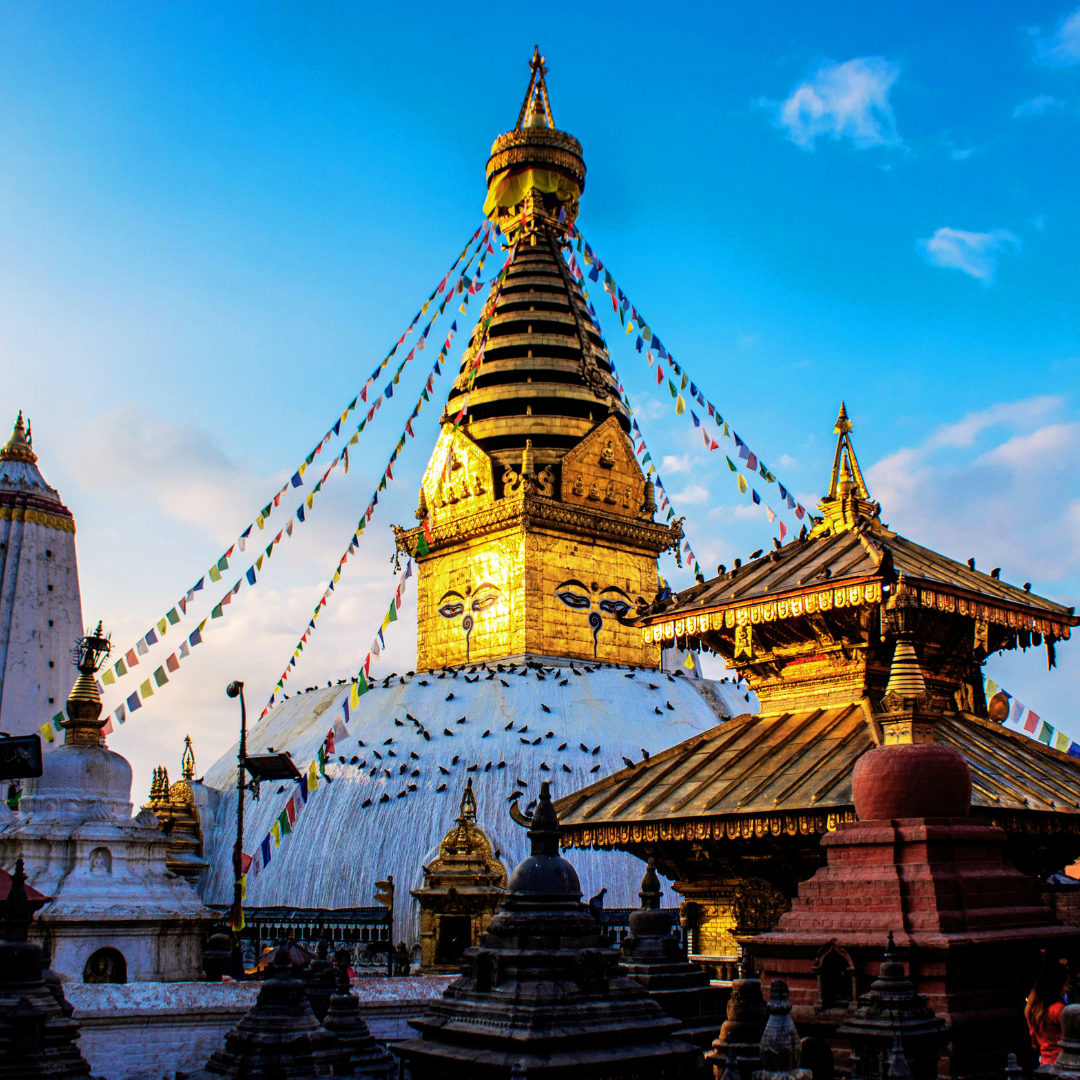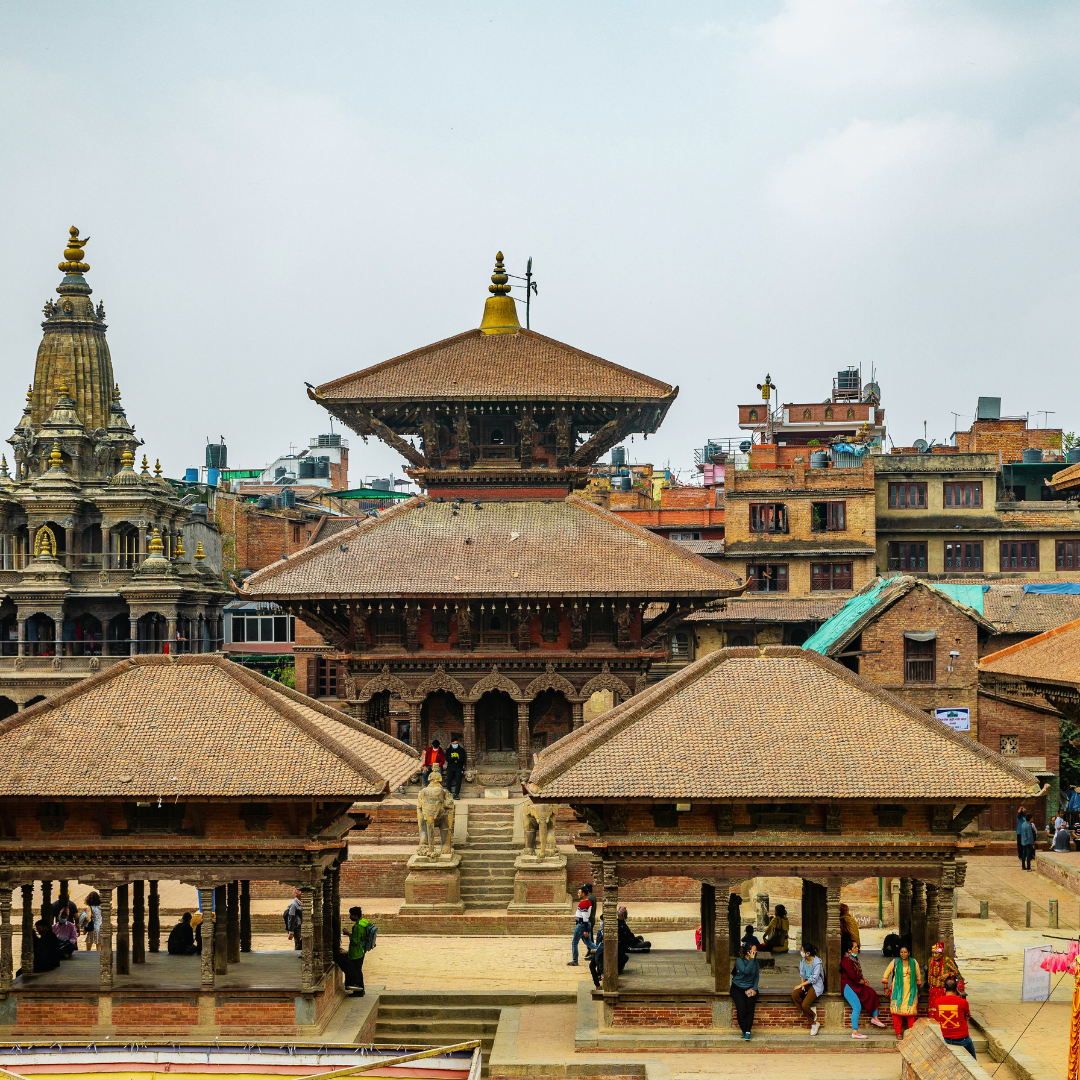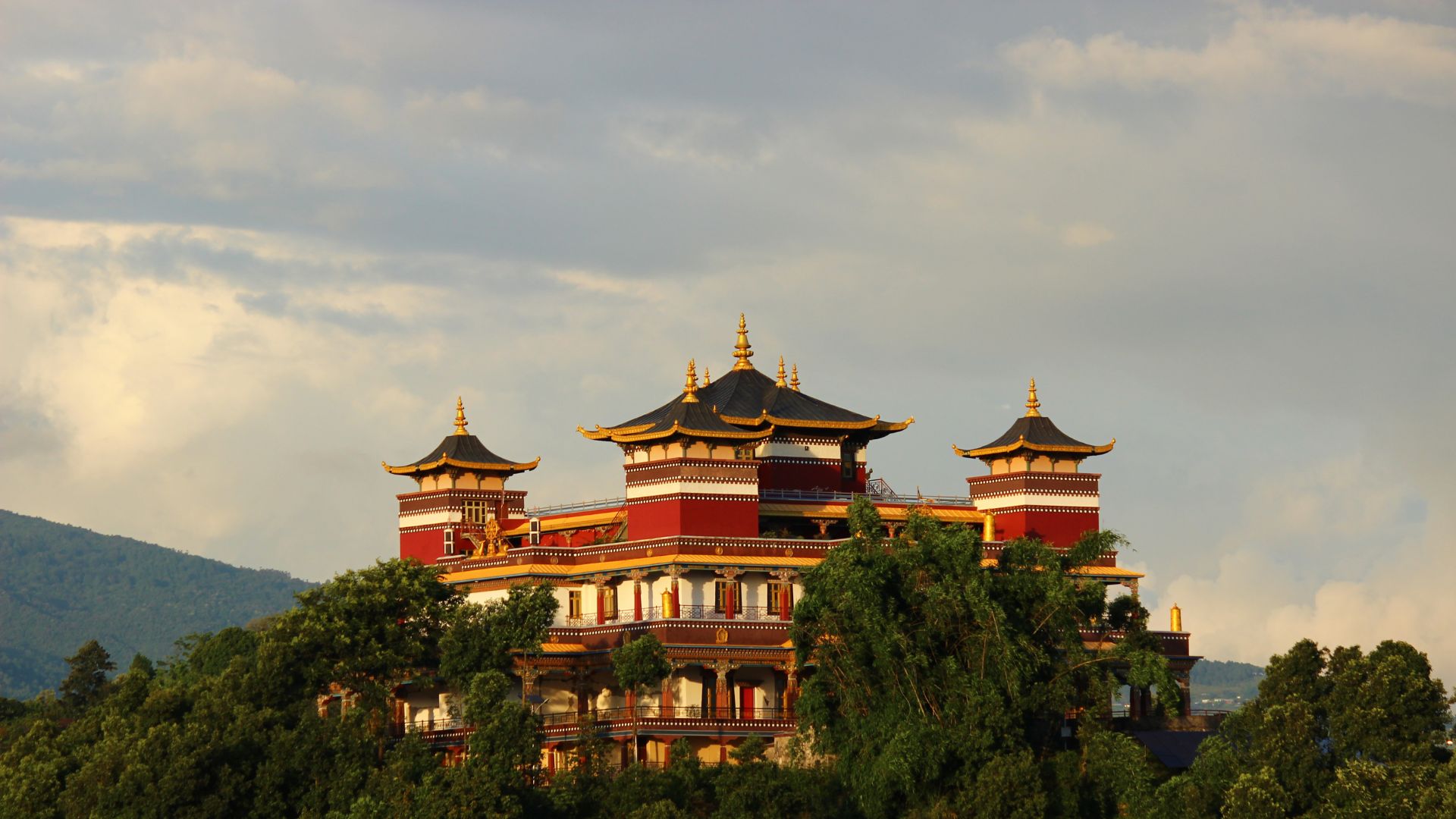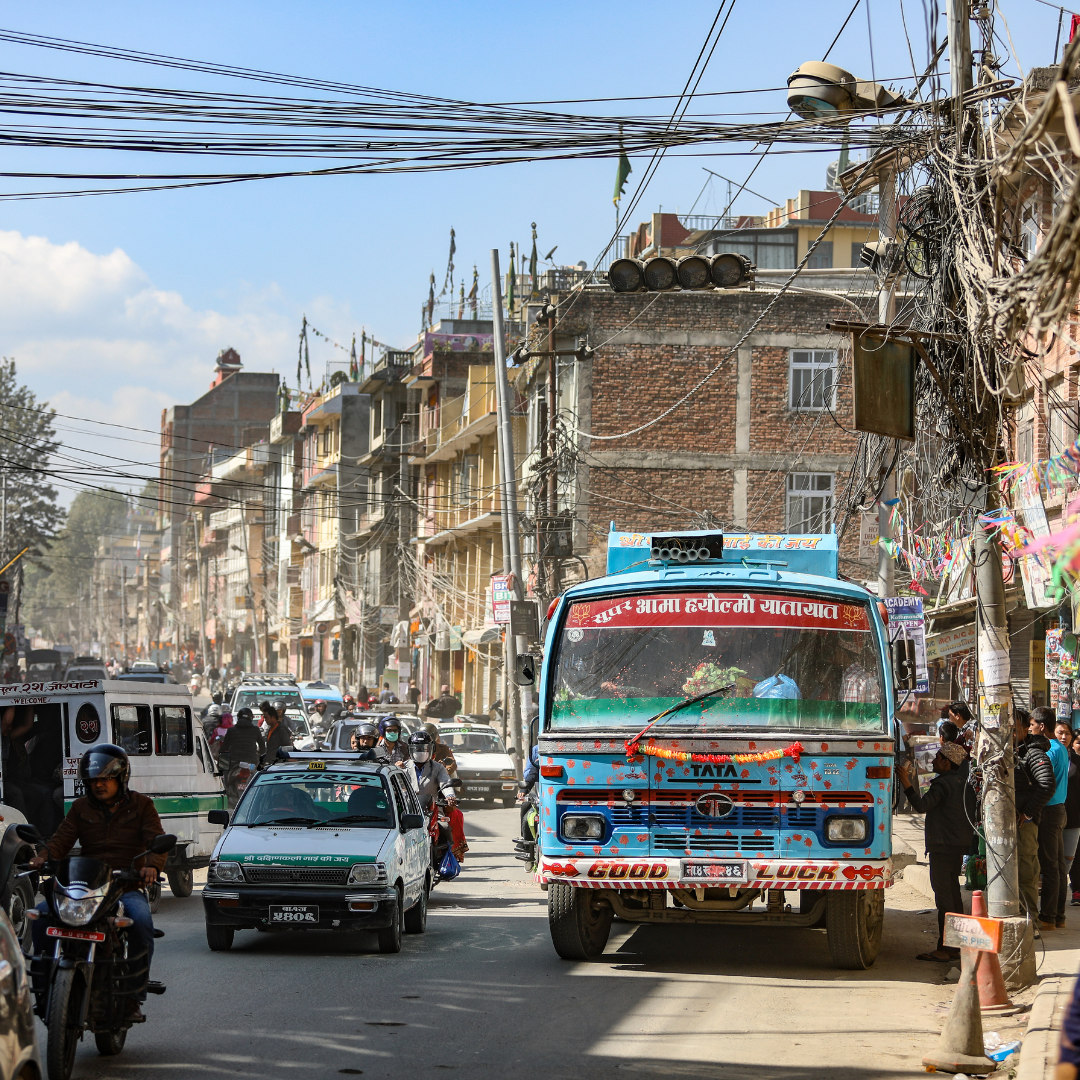
Nepal, nestled in the heart of the Himalayas, is not just a haven for trekkers and adventure seekers; it is also a treasure trove of cultural richness that spans centuries. The cultural tapestry of Nepal is woven with threads of tradition, spirituality, and architectural marvels. Join us on a virtual journey through the vibrant heritage of this enchanting land.
A Glimpse Into the Spiritual Landscape
Nepal is home to an array of temples, each with its own unique story and significance. From the iconic Pashupatinath Temple, a UNESCO World Heritage site and one of the holiest Hindu shrines, to the serene Swayambhunath Stupa, also known as the Monkey Temple, the spiritual landscape is diverse and awe-inspiring. Explore the intricate architecture that reflects the country's deep-rooted religious traditions.
Festivals: A Kaleidoscope of Colors and Celebrations
Nepal is synonymous with vibrant festivals that bring communities together in joyous celebrations. Dashain, Tihar, and Holi are just a few examples of festivals that showcase the country's cultural diversity. Dive into the heart of these festivities, where rituals, music, dance, and elaborate ceremonies create an atmosphere of exuberance.

Traditions That Withstand Time
As modernity sweeps through the world, Nepal holds steadfast to its traditional customs. The intricate art of Thangka painting, the melodious tunes of traditional music, and the elaborate rituals that accompany life events contribute to the unique identity of Nepal. Discover the stories behind these age-old traditions and their relevance in contemporary Nepali society.
Architectural Marvels: Preserving the Past for the Future
The architectural heritage of Nepal is a testament to the craftsmanship of generations past. Durbar Squares in Kathmandu, Bhaktapur, and Patan are living museums, showcasing palaces, courtyards, and temples adorned with woodcarvings and intricate metalwork. Learn about the efforts to preserve and protect these architectural gems, which stand as witnesses to Nepal's historical grandeur.

The Living Culture: Warmth and Hospitality
Beyond the tangible heritage, it's the warmth and hospitality of the Nepali people that leave an indelible mark on visitors. Engage with local communities, share a cup of tea in a traditional teahouse, and witness the simplicity and kindness that define the Nepali way of life.
Preserving Cultural Heritage: Challenges and Triumphs
While Nepal's cultural heritage is undoubtedly rich, it faces challenges in the modern era. Rapid urbanization, environmental factors, and the aftermath of the devastating earthquakes in 2015 have posed threats to the preservation of these treasures. However, amidst these challenges, there are inspiring stories of restoration efforts and community-driven initiatives aimed at safeguarding Nepal's cultural identity.
Organizations and local communities have come together to restore and rebuild damaged structures, employing traditional techniques to maintain the authenticity of these heritage sites. The dedication to preserving cultural heritage is not only a nod to the past but also a promise to future generations.
Cultural Tourism: A Bridge Between Past and Present
Cultural tourism plays a pivotal role in sustaining Nepal's heritage. Visitors not only marvel at the architectural wonders but also actively contribute to the conservation efforts. The revenue generated from tourism aids in the maintenance of historical sites and supports local communities, creating a symbiotic relationship between preserving the past and embracing the present.

Intangible Cultural Heritage: The Soul of Nepal
Beyond the tangible monuments, Nepal's intangible cultural heritage is equally captivating. Traditional dances, rituals, and oral traditions passed down through generations add depth to the cultural tapestry. Explore the intricacies of dances like the masked Lakhe dance or the lively Maruni dance, each telling a story that transcends time.
The Future of Nepal's Cultural Heritage
As Nepal strides into the future, there's a delicate balance to be maintained between progress and preservation. Sustainable tourism practices, community engagement, and education about the significance of cultural heritage are integral in ensuring that the legacy endures.
Nepal's cultural heritage is a kaleidoscope of spirituality, festivals, traditions, and architectural marvels. It's a journey that transcends time, inviting travelers to not just witness, but immerse themselves in the vibrant tapestry of a nation that takes pride in its rich cultural legacy. As you explore the temples and traditions of Nepal, you'll find that each step is a pilgrimage, and each encounter is a cultural exchange that leaves an everlasting impression.
Conclusion
In conclusion, Nepal's cultural heritage is not a static relic of the past; it's a living, breathing entity that evolves with time. It beckons travelers to delve into its mysteries, appreciate its beauty, and become custodians of its legacy. The journey through Nepal's temples and traditions is not just a stroll through history but an immersive experience that resonates with the soul of a nation, inviting everyone to be a part of its enduring story. As you embark on this cultural odyssey, you'll find that Nepal's heritage is not just a destination; it's a celebration of the human spirit and the timeless allure of tradition.






